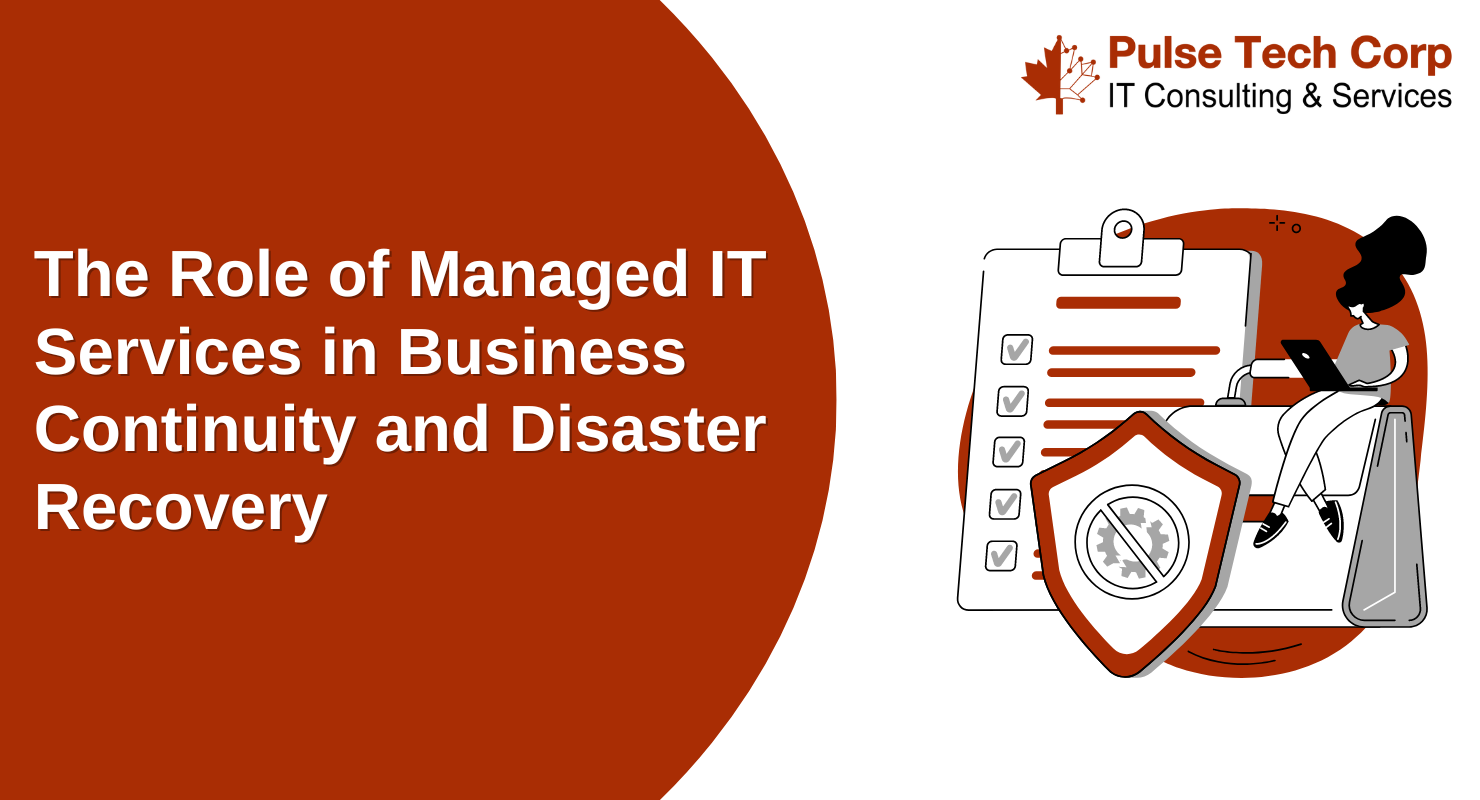Disaster Recovery
The Evolving Threat Landscape:
The digital age has ushered in a new era of opportunities, but it has also brought forth unprecedented challenges. Cyber threats, natural disasters, hardware failures, and human errors pose significant risks to businesses. The frequency and sophistication of these threats necessitate a proactive and comprehensive approach to safeguarding business operations.
Role of Managed IT Services in Business Continuity:
- Risk Assessment and Planning: Managed IT service providers conduct thorough risk assessments to identify potential vulnerabilities in a business’s IT infrastructure. By understanding the risks, they can develop tailored business continuity plans that address specific challenges and ensure a swift response to disruptions.
- Redundancy and Data Backups: One of the key elements of business continuity is having redundant systems and secure data backups. Managed IT services implement robust backup solutions that regularly replicate data to offsite locations, safeguarding against data loss due to cyber-attacks, hardware failures, or accidental deletions.
- 24/7 Monitoring and Support: Continuous monitoring of IT systems is essential to identify and address issues before they escalate. Managed IT services provide around-the-clock monitoring, ensuring early detection of potential problems and enabling proactive interventions to maintain business continuity.
- Scalability and Flexibility: Businesses are dynamic, and their IT needs evolve over time. Managed IT services offer scalable solutions that can adapt to the changing requirements of an organization. This scalability ensures that IT systems can grow seamlessly with the business, without compromising continuity.
- Cloud Solutions for Accessibility: Cloud computing has revolutionized the way businesses operate. Managed IT services leverage cloud solutions to provide businesses with scalable and accessible resources. This not only enhances the availability of data and applications but also contributes to business continuity by enabling remote work capabilities.
Enhancing Disaster Recovery with Managed IT Services:
- Rapid Response and Recovery Plans: Managed IT service providers work with companies to create comprehensive plans for disaster recovery that specify what should be done in case of an emergency. This includes predefined processes for system restoration, data recovery, and communication protocols to minimize downtime.
- Virtualization for Quick Restoration: Virtualization technologies play a pivotal role in disaster recovery. Managed IT services utilize virtualization to create replicas of critical systems and applications. In the event of a disaster, these virtualized environments can be quickly activated, ensuring rapid restoration of services.
- Security Measures Against Cyber Threats: Cybersecurity is a critical component of disaster recovery Robust security measures are implemented by managed IT services to guard against ransomware, malware, and phishing attacks, among other cyberthreats. These services help lessen the effect of disasters on company operations by stopping security breaches.
- Regular Testing and Updates: Disaster recovery plans are only effective if they are regularly tested and updated. Managed IT services conduct simulated disaster scenarios to evaluate the efficacy of recovery plans and identify areas for improvement. This proactive approach ensures that the organization is well-prepared for any unforeseen events.
- Compliance and Regulatory Adherence: Many industries have specific compliance requirements regarding data protection and disaster recovery. Managed IT services assist businesses in ensuring that their IT practices align with industry regulations, reducing the risk of legal and financial repercussions in the aftermath of a disaster.
Conclusion:
In a world where business continuity and disaster recovery are indispensable, managed IT services provide a strategic advantage by offering proactive, scalable, and comprehensive solutions. By aligning technology with business objectives, these services empower organizations to navigate the complexities of the digital landscape with confidence. As businesses continue to evolve, embracing managed IT services becomes not just a choice but a necessity for building resilience and ensuring a secure and uninterrupted path to success.


